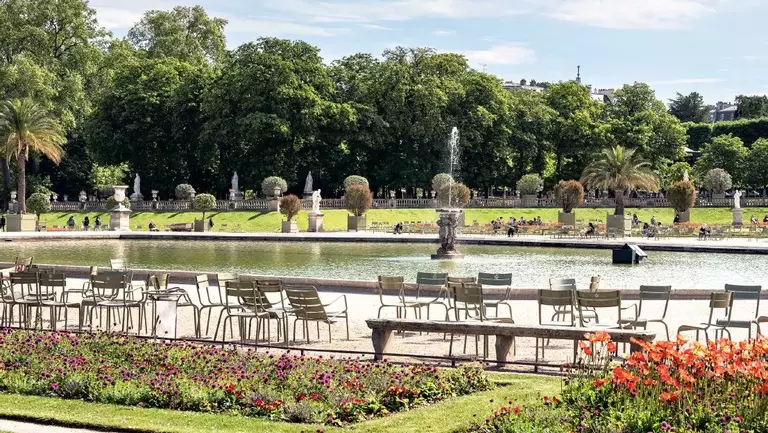One of the big issues for Henri IV at the beginning of the 17th century was the Paris water supply. The La Samaritaine pumping station was completed in 1608, taking water from the Seine at the nearby Pont-Neuf bridge. The following year, the King planned to bring in water from Rungis to serve the left bank, as the Roman aqueduct had done. Following the death of the King, the project was taken up by Marie de’ Medicis, who saw it as a means to distribute water to the Luxembourg gardens. Louis XIII laid the first stone of the aqueduct in 1613. Ten years later, the water flowed as far as the Maison du Fontainier on Avenue de l’Observatoire, after travelling thirteen kilometres in a stone gallery, most of it underground. In addition to the Luxembourg gardens, the aqueduct fed fourteen public fountains.
Managed by Eau de Paris, shortened to ten kilometres and listed as a historic monument, the Médicid aqueduct is still in service. Since 2017, in line with the Senate’s policy of sustainable development, the garden has been supplied with untreated water to avoid using drinking water for its maintenance.
